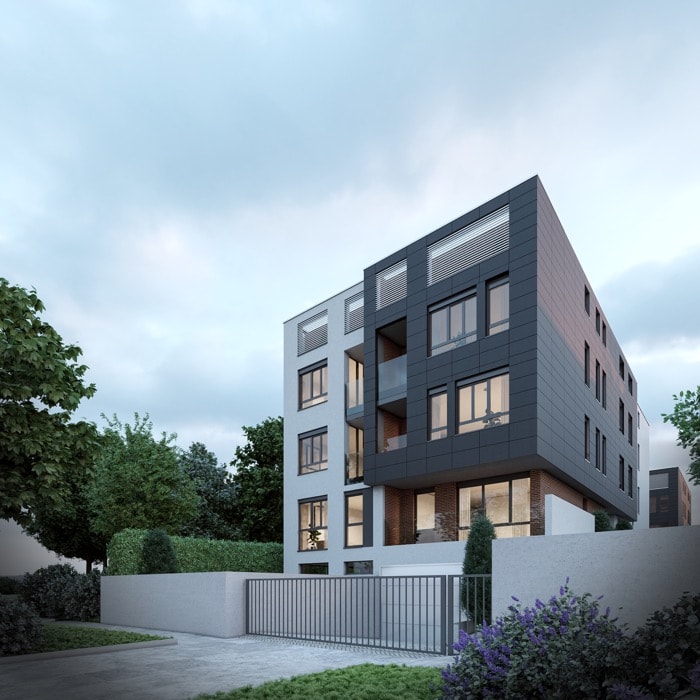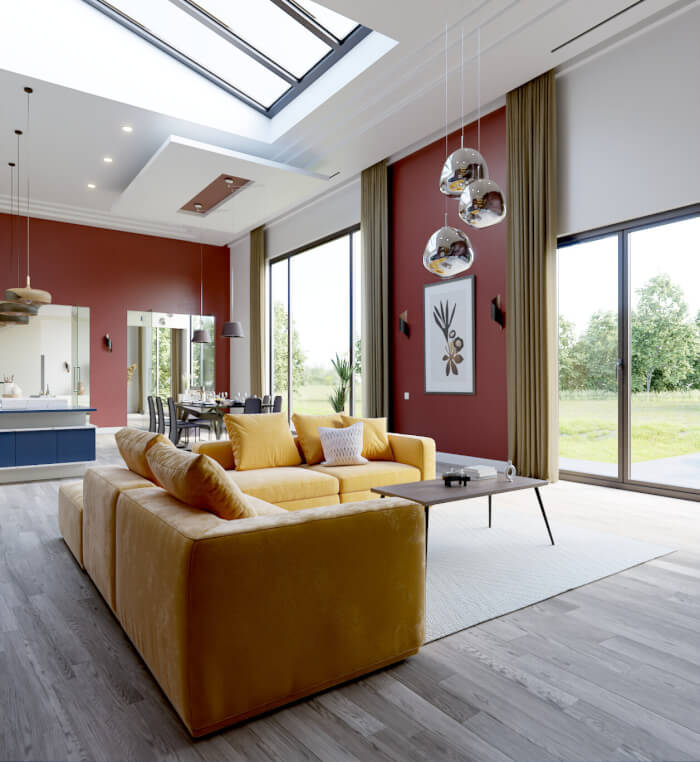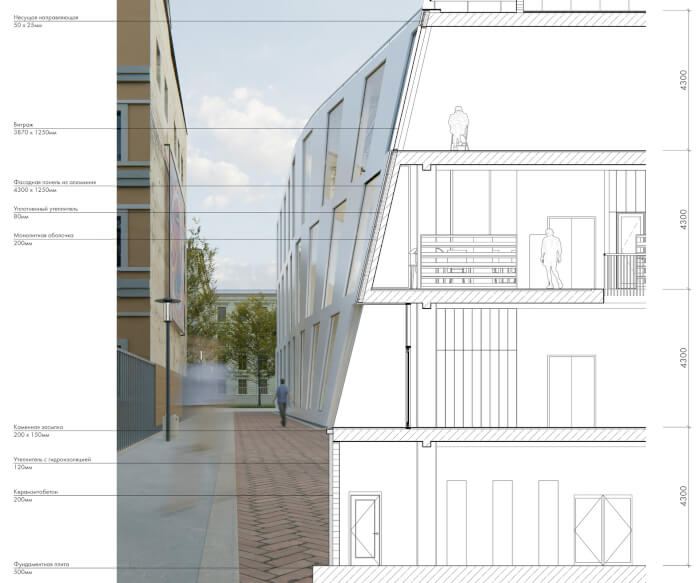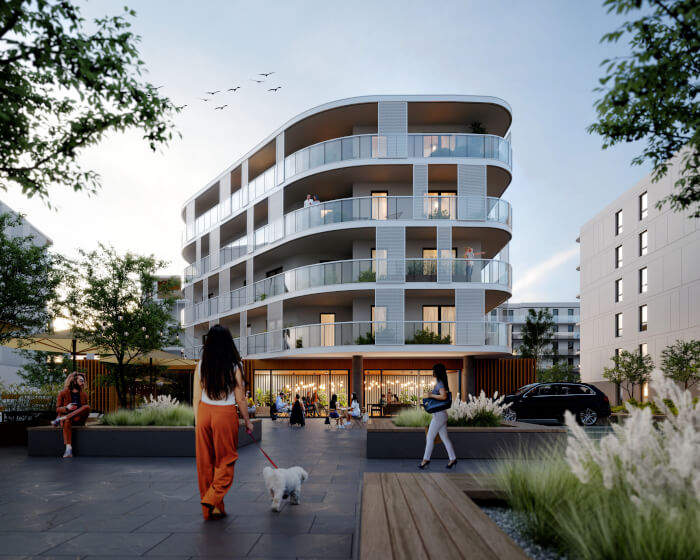
When you have to work with an exterior visualization for an architectural project, you will most likely choose a daylight simulation. That is what most artists want to go for an architectural marketing product. But, there are exceptions for this rule.
Like this project from digital artist Sinasa Babic. It is an exterior render for a residence in Belgrade, Serbia.

For this particular project, the artist uses Cycles to create a great looking exterior for the building, with lots of vegetation in the environment. One aspect of the project which you will notice is the lighting mood chosen by the artist.
Instead of going with a bright daylight scene, you will find the project in a cloudy sunset lighting.
Unfortunately, we don't have any further information about hardware or render times for this project.





Hi Allan,
thanks a lot for the article regarding my work. I am very honoured to see it at Blender 3D Architect. I follow B3DA for many years and love it much. You provide us always great information, resources and many more… First let me to thank you for your great and devoted work.
This image that I named Modern House is a part of marketing visualization for Arcosite Architects who is also investor.
My hardware specs are not so high, i rendered it on a single machine which is i7 4.0 ghz, 32gb RAM. It is CPU render as there are many vegetation models, grass, etc which would cause CUDA RAM crash on my geforce 970gtx.
It took around 2-4 hours of rendering, depending on particular image and output resolution., i can’t remember bow, but I will check later for more precise data.
And I use Linux. It provides me stabilty in all cases. I am sure that i will have it rendered without crashes on CPU and it provides also faster CPU render.
So, my choice here was to use CPU because of the stabilty.
My intention was to create a cloudy sunset (using HDR) to get more drama and more contrast.
Thanks for having interest in my work and greetings from Belgrade
Siniša